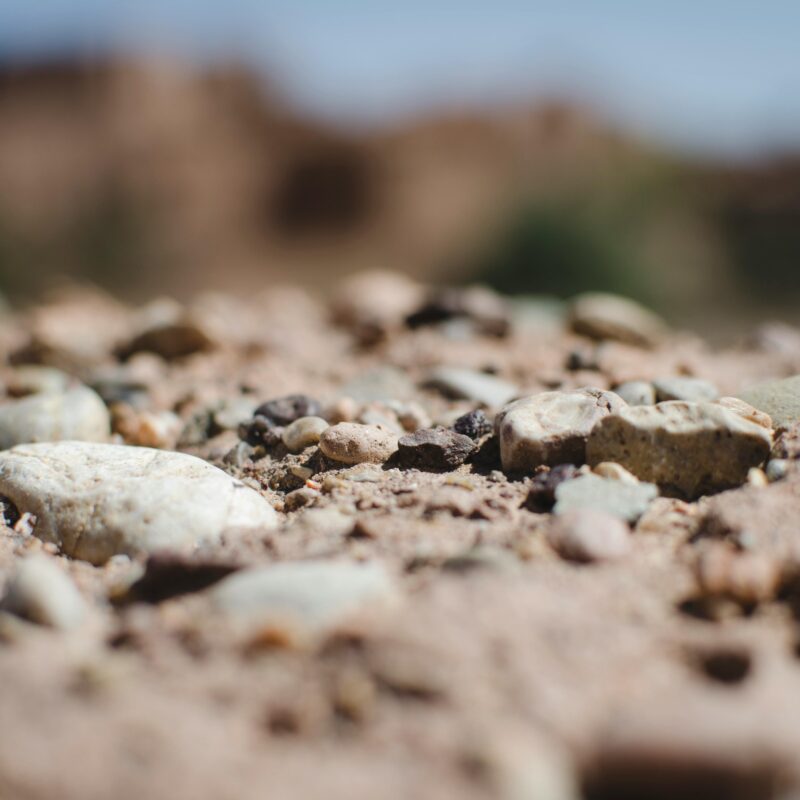Our expertise spans various fields of geology , including hydrogeology, geomorphology, geotechnics, rock mass evaluation, local seismic response studies, and geophysical surveys. We assess aquifer vulnerability, monitor geomorphological instabilities, address complex geotechnical issues, analyze the stability of rocky slopes, and evaluate the seismic response of the terrain. We employ advanced techniques such as seismic surveys, seismic tomography, MASW, and borehole seismic testing to characterize the subsurface, ensuring safe and sustainable solutions for every project.
Through seismic refraction, an active geophysical surveying method, we can reconstruct geometries and layer thicknesses in the investigated subsurface and determine the physical-mechanical properties of the strata by estimating dynamic elastic moduli. Using seismic tomography, an imaging technique that allows the reconstruction of a two-dimensional seismic velocity section of the terrain,
we analyze a multitude of seismic wave paths between transmitting stations, corresponding to energization points, and individual geophones (receivers). This methodology enables the study of both natural and artificial slopes, landslide bodies, and landfill areas. Being a non-destructive technique, it is ideal for situations where environmental matrices must be preserved.
The equipment used consists of a 24-channel Geode seismograph from Geometrics, with 4.5 Hz horizontal geophones connected via a cable with a 5-meter spacing. The same instrument can be used to conduct MASW (Multichannel Analysis of Surface Waves) surveys. This technique allows for the estimation of the velocity of surface seismic waves, which can be used to classify the subsoil according to the 2018 Italian Building Code (NTC 2018) and to seismically characterize the ground. Additionally, using a three-component triaxial geophone, it is possible to carry out borehole seismic surveys (in pre-conditioned boreholes) using the Down-hole method.



